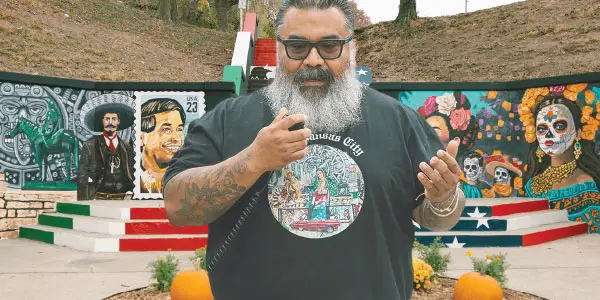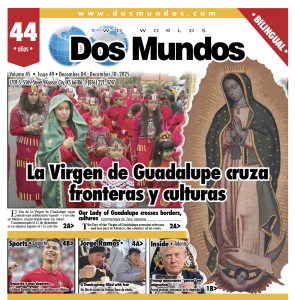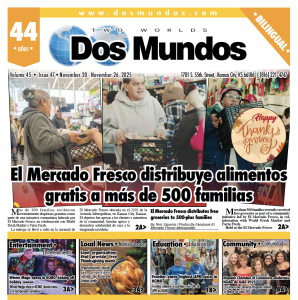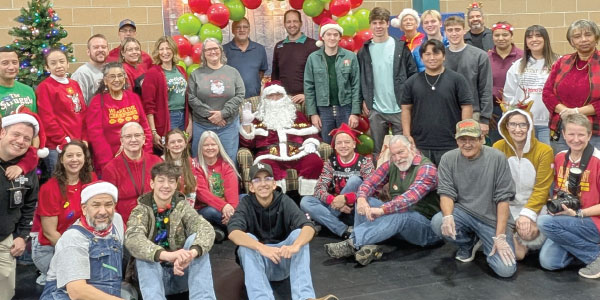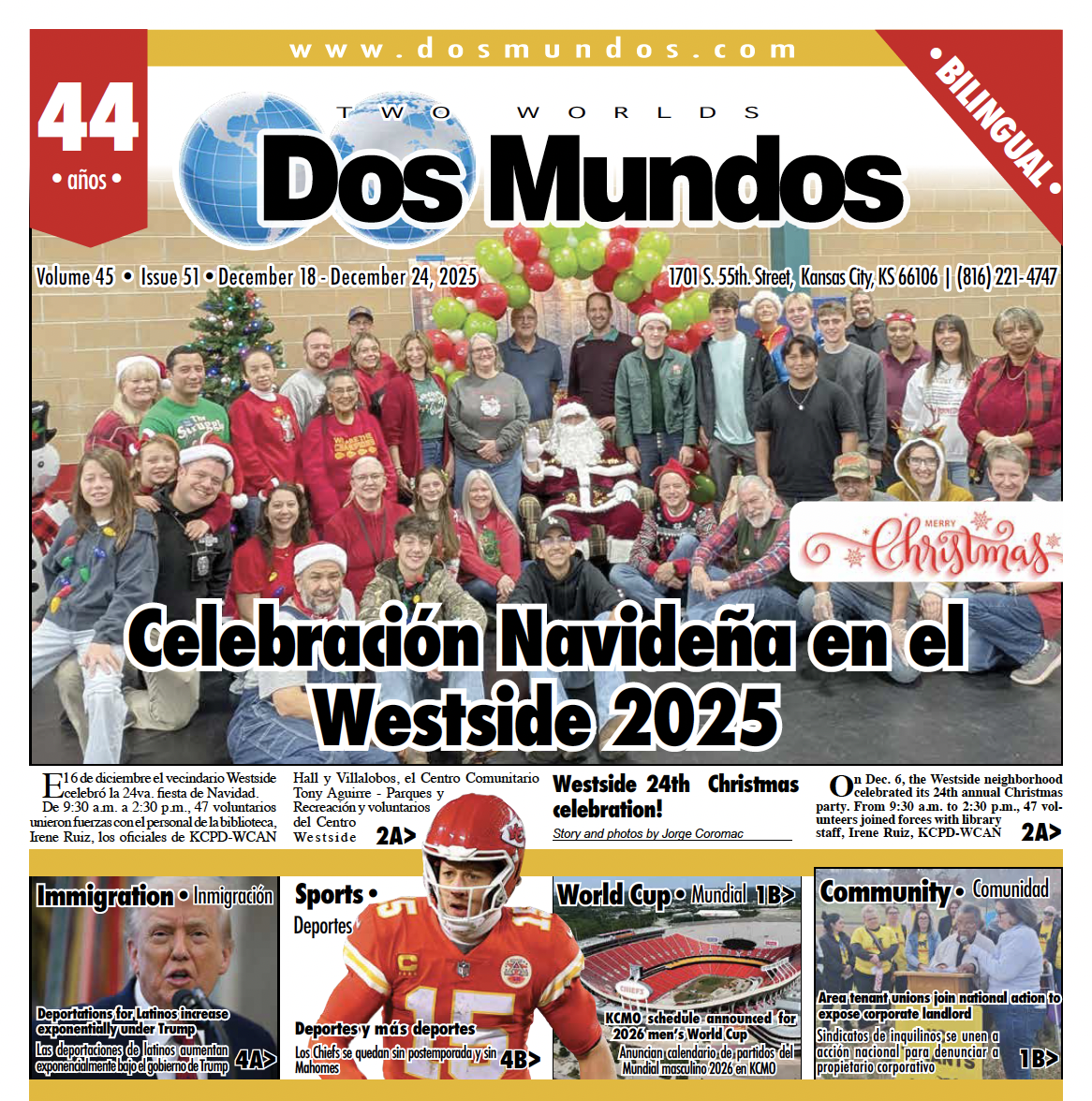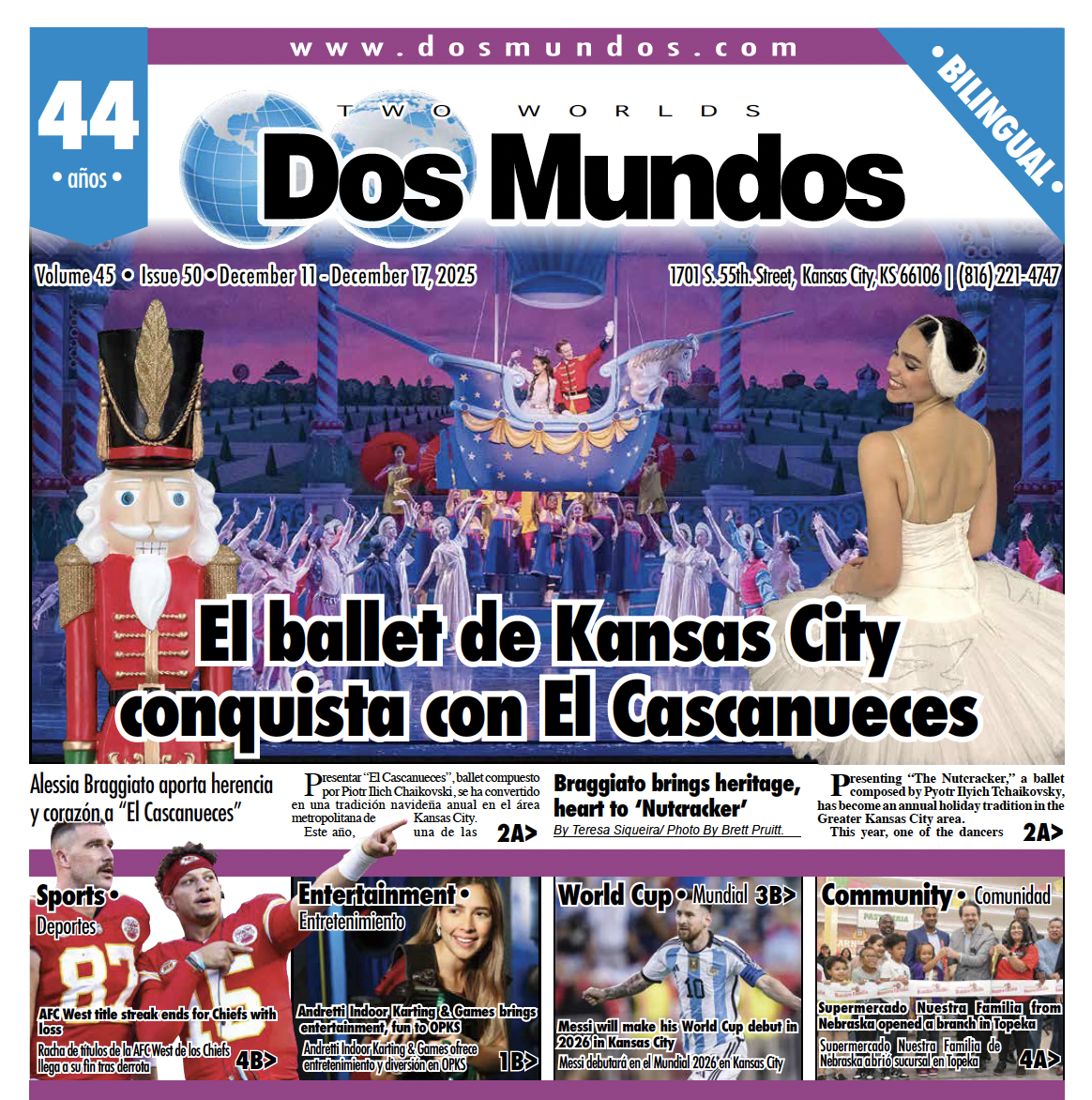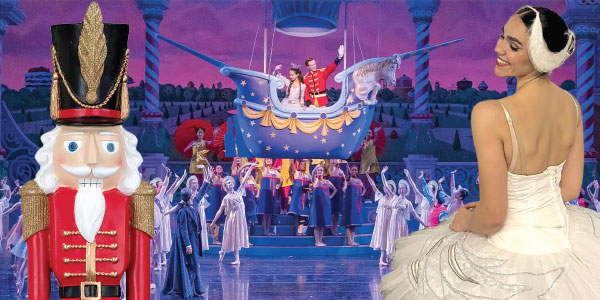
Story by Angie Baldelomar and photos by Sonia Falcon
Juan Moya’s path as an artist might seem unconventional to some people.
Like many artists, Moya got into art as a kid. But unlike some artists, it was something that started as a getaway for him.
“I pretty much got into it, honestly, because we were really poor as kids and didn’t really have toys, but we always had pencils and scrap paper around, so I always found time to draw and stuff like that,” said Moya, who grew up in Kansas City, Missouri’s Westside neighborhood. “It was kind of a meditation as a kid, if you will, without knowing it. But I just loved doing it, (and) just kept doing it.”
Moya’s career in art started as a tattoo artist when he was a teenager. His friends and others in the neighborhood got him tattoo equipment and he started tattooing people, he said.
“At the time, there wasn’t, like, YouTube or anything like that to learn how to do it, so I kind of just learned by doing it over and over,” Moya said.
Eventually, Moya started charging for his work and built his clientele. In 1997, he got a job in a tattoo shop and has been a tattoo artist since then. He works at Exile Tattoo Shop.
Moya, however, does other types of art, including pencil sketches, airbrushing, painting and murals. Recently, he was in charge of the restoration of the Gage Park mural stairs.
Coincidentally, Moya was the original creator of said mural when he was 17. The wall was being spray-painted with gang names and similar characters, he recalled. People got tired of looking at the graffiti.
“We would hang out there quite a bit as teenagers, so one day I decided, ‘You know what, why not paint a mural over it?’ And (I) got some friends together,” he said. “We kind of all put our money together and we bought the paint and did it ourselves.”
At age 51, Moya had the chance to redo the mural. But it wasn’t easy, he acknowledged. First, he had to be chosen as the artist to work on the mural. It took months before he was approved to work on it. He got discouraged during the approval process, even telling his wife at one point that he didn’t care if he got chosen.
“Then she told me, ‘I get it, but it would be nice for you to do it; that way, there’s still some DNA left in the neighborhood,’” he said. “When she said that, it struck me. And I was, like, ‘I’m going to fight to get it because she’s right; it would be nice to have some DNA that’s actually from the neighborhood still left here because it’s being gentrified quite a bit.’”
The mural is on display again. Moya kept its original Mexican-American theme to honor the history of Mexicans primarily being the founders of the Westside.
Moya advises young Latinos wanting to become artists to realize that it’s a process and takes time.
“I feel like, nowadays, we live in a time where everybody wants instant gratification, and I feel like we live in a time where people are always comparing themselves to other people because of social media, whether it’s Instagram or Facebook,” he said. “Don’t get discouraged by what everybody else is doing. If anything, use that as an influence and not like a discouragement toward yourself, because I feel like a lot of people get discouraged because they see somebody else doing something and they have this idea that they’re not good enough to be like that. So I would tell kids to stay in your lane, do what you’re passionate about, and whatever comes to you from it, it’s meant to be.”
El viaje artístico de Juan Moya: de los tatuajes a un mural
El camino de Juan Moya como artista puede parecer poco convencional para algunas personas.
Como muchos artistas, Moya se interesó en el arte cuando era niño. Pero a diferencia de otros artistas, fue algo que comenzó como una escapada para él.
“Me metí en esto, honestamente, porque éramos muy pobres cuando éramos niños y no teníamos juguetes, pero siempre teníamos lápices y papel a mano, así que siempre encontraba tiempo para dibujar y cosas así”, dijo Moya, quien creció en el vecindario Westside de Kansas City, Missouri. “Era una especie de meditación cuando era niño, por así decirlo, sin saberlo. Pero me encantaba hacerlo, (y) simplemente seguí haciéndolo”.
Su carrera en arte comenzó como tatuador cuando era un adolescente. Sus amigos y otras personas del vecindario le consiguieron equipo para tatuar y comenzó a tatuar a la gente, dijo.
“En ese momento no había YouTube ni nada parecido para aprender a hacerlo, así que aprendí haciéndolo una y otra vez”, dijo Moya.
Con el tiempo, Moya empezó a cobrar por su trabajo y consiguió una clientela. En 1997 consiguió un trabajo en un estudio de tatuajes y desde entonces es tatuador. Actualmente, trabaja en Exile Tattoo Shop.
Sin embargo, Moya hace otros tipos de arte, como bocetos a lápiz, aerografía, pintura y murales. Recientemente, estuvo a cargo de la restauración de las escaleras del mural de Gage Park.
Casualmente, él fue el creador original de dicho mural cuando tenía 17 años. La pared estaba pintada con aerosol con nombres de pandillas y personajes similares, recordó. La gente se cansó de ver los grafitis.
“Pasábamos mucho tiempo allí cuando éramos adolescentes, así que un día decidí: ‘¿Sabes qué? ¿Por qué no pintar un mural encima?’ Y reuní a algunos amigos”, dijo. “Todos juntamos nuestro dinero y compramos la pintura y lo hicimos nosotros mismos”.
A los 51 años, Moya tuvo la oportunidad de rehacer el mural. Pero no fue fácil, reconoció. Primero, tuvo que ser elegido como el artista que trabajaría en el mural. Pasaron meses antes de que lo aprobaran. Se desanimó durante el proceso de aprobación, e incluso llegó a decirle a su esposa en un momento que no le importaba si lo elegían.
“Ella me dijo: ‘Lo entiendo, pero sería bueno que lo hicieras tú; de esa manera, todavía queda algo de ADN en el vecindario’”, dijo. “Cuando dijo eso, me impactó. Y pensé: ‘Voy a luchar para conseguirlo porque tiene razón; sería bueno que todavía quede algo de ADN que sea realmente del vecindario aquí porque se está gentrificando bastante’”.
El mural está en exhibición nuevamente. Moya mantuvo su tema mexicano-estadounidense original para honrar la historia de los mexicanos, quienes fueron los principales fundadores del Westside.
Moya aconseja a los jóvenes latinos que quieren convertirse en artistas que se den cuenta de que es un proceso y lleva tiempo.
“Siento que, hoy en día, vivimos en una época en la que todos quieren gratificación instantánea, y siento que vivimos en una época en la que la gente siempre se compara con otras personas debido a las redes sociales, ya sea Instagram o Facebook”, dijo. “No se desanimen por lo que hacen los demás. En todo caso, úsenlo como una influencia y no como un desánimo hacia ti mismo, porque siento que mucha gente se desanima porque ve a otra persona haciendo algo y tiene la idea de que no es lo suficientemente buena para ser así. Así que les diría a los niños que se queden en su camino, que hagan lo que les apasiona y que, sea lo que sea lo que les resulte, estará destinado a ser así”.


